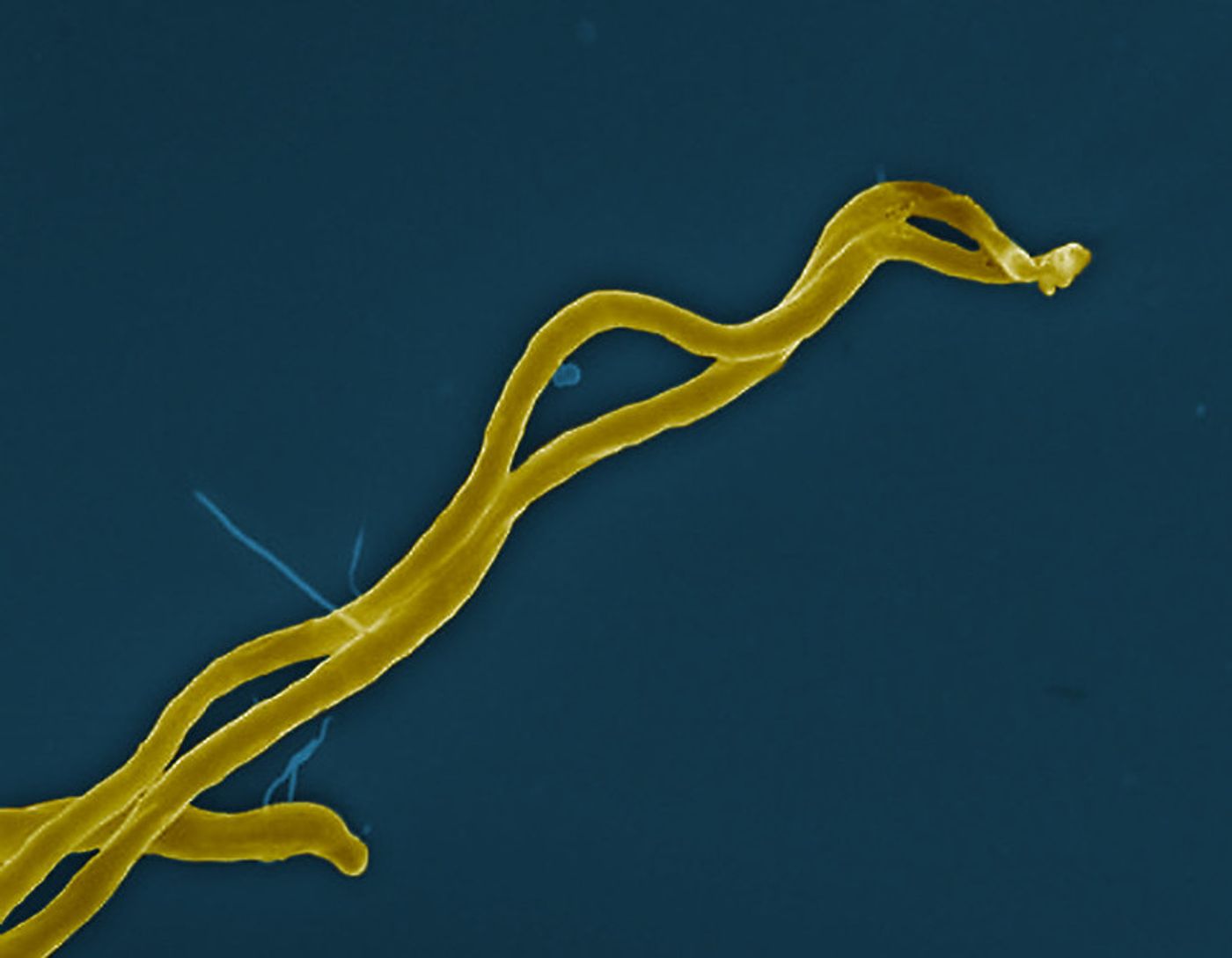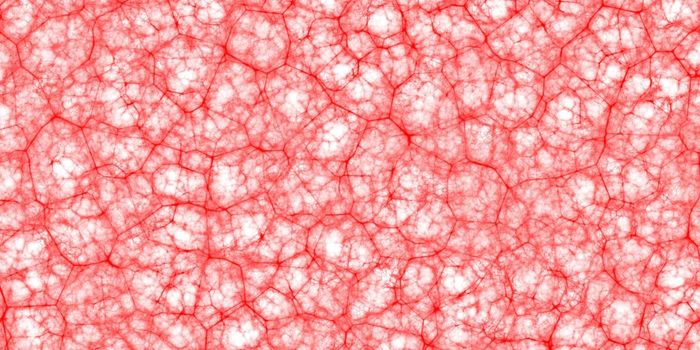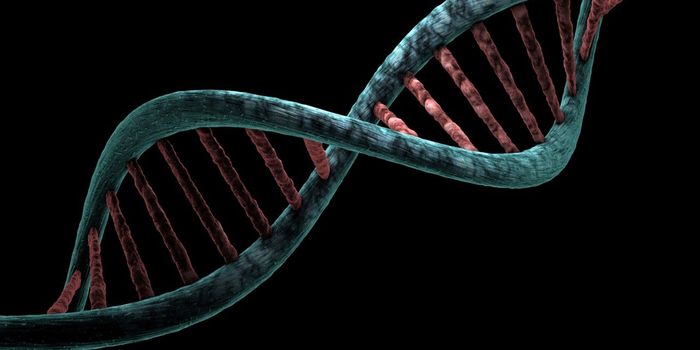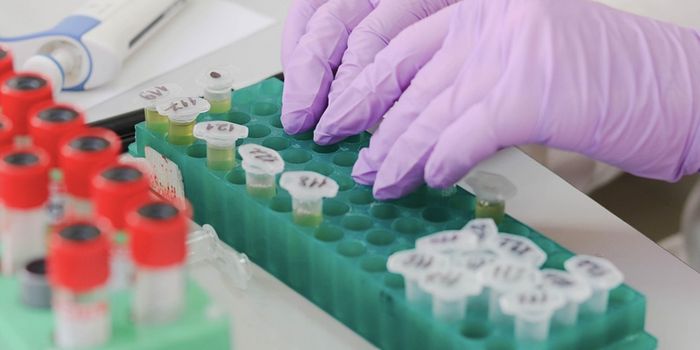Improving the Diagnosis of a Tick-Borne Illness
Ticks carry the bacterium, Borrelia burgdoferi, which causes Lyme disease. Lyme is becoming more common, in part because of climate change. Tick season is getting longer, and people spend more time outside in warmer months. In around 15 percent of people with Lyme disease, a condition affecting the nervous system develops, called neuroborreliosis. This complication can arise long after the initial tick bite, and can cause a variety of symptoms including headaches, dizziness, facial paralysis, and epilepsy. But it can be very difficult to diagnose this condition. Current methods involve an assessment of white blood cell counts or antibodies in cerebrospinal fluid (CSF). These approaches are not particularly reliable, however, and they are time-consuming.
Immediately after a B. burgdorferi infection starts, a signaling protein called CXCL13 is generated; it is activated when immune cells interact with surface proteins on the pathogenic bacterium. Scientists have now identified the CXCL13 level that can indicate a case of neuroborreliosis. These findings, which have been reported in the Journal of Central Nervous System Disease, could help improve the diagnosis and treatment of neuroborreliosis, since a faster diagnosis can identify the best therapeutics for the illness more quickly.
In this work, the researchers analyzed CSF samples that were collected from 440 people between 2017 and 2022 at six Austrian neurology hospitals; 42 were confirmed neuroborreliosis patients while the remaining unaffected individuals served as controls. The levels of CXCL13 were measured with a commercially available detection tool called an ELISA. This effort, and a statistical analysis, showed that a concentration of CXCL13 over 271 picograms per milliliter of CSF could indicate neuroborreliosis.
"Our measurements of the concentration of CXCL13 in the CSF showed a clear difference between people with neuroborreliosis and those in whom this infection was not clinically detectable," said Dr. Christoph Waiß of St. Pölten University Hospital. Affected individuals have an average value of 8,273 picograms per milliliter but unaffected people had levels around 45.
The CXCL13 level could diagnose neuroborreliosis with a specificity of 97.2 percent and 95.2 sensitivity. Waiß noted that, "This is really significant! The concentration of CXCL13 is an excellent biomarker that can support the diagnosis of neuroborreliosis shortly after infection, especially in equivocal cases."
Sources: Karl Landsteiner University of Health Sciences, Journal of Central Nervous System Disease









